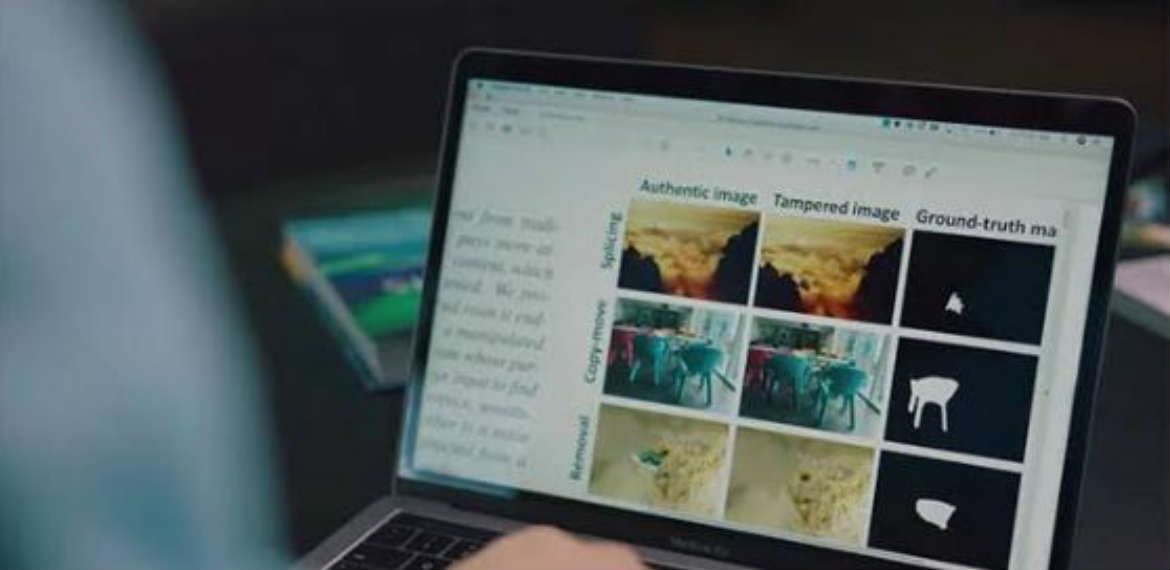Adobe has been getting worried feedback especially from social media users as some content tend to distort reality through the use of photo editing tools such as Photoshop.
But despite such, being developed by Adobe, the company has also been working on ways in order to easily spot edited photos in an image by researching on how machine learning can be used.
According to a report by theverge.com, Adobe’s latest work demonstrates how digital forensics done by humans can be automated by machines in lesser time.
The research paper presented at the CVPR computer vision conference shows how machine learning can be used in identifying three common types of image manipulation such as splicing, where two parts of different images are combined; cloning, where objects within an image are copied and pasted; and removal, when an object is edited out altogether.
In order to spot such manipulations, digital forensics experts look for clues in the image’s hidden layers. They would then identify inconsistencies such as color variations, brightness created by image sensors which do not match once an object from one part to another has been copy pasted.
According to a company’s spokesperson, this was an “early-stage research project” but also stated that Adobe would want to take pat in “developing technology that helps monitor and verify authenticity of digital media.”
Digital forensics expert Hany Farid meanwhile said: “The benefit of these new ML approaches is that they hold the potential to discover artifacts that are not obvious and not previously known.”
“The drawback of these approaches is that they are only as good as the training data fed into the networks, and are, for now at least, less likely to learn higher-level artifacts like inconsistencies in the geometry of shadows and reflections,” he added.
(Photo source: hothardware.com/ theverge.com)












